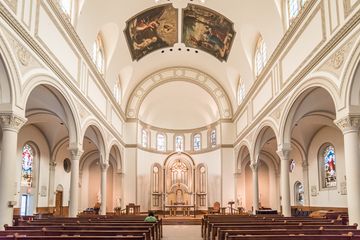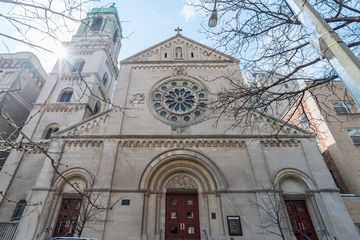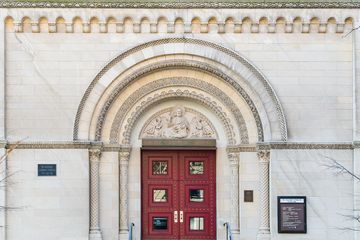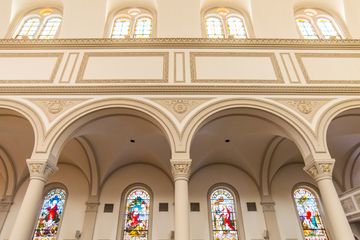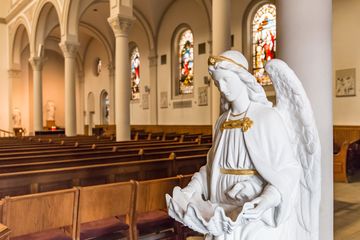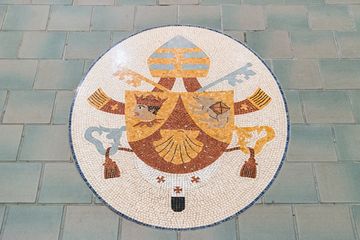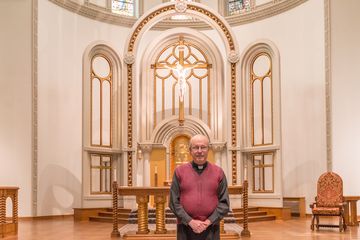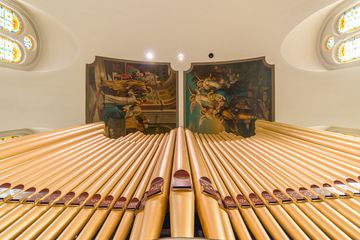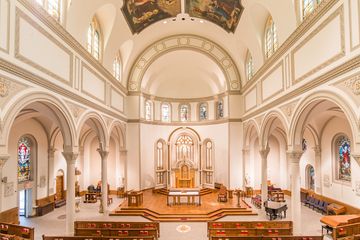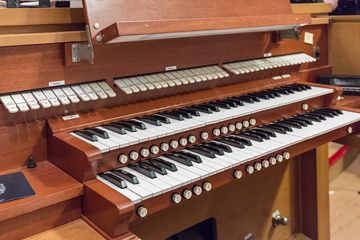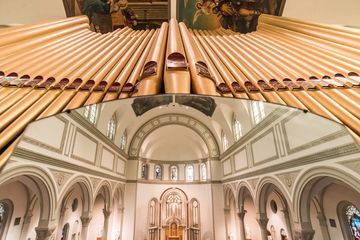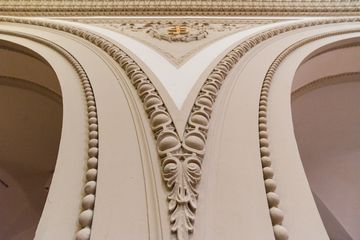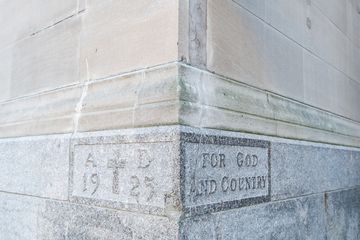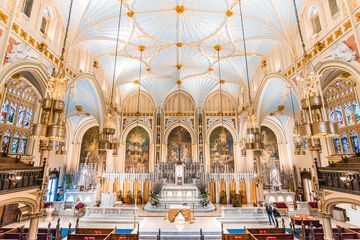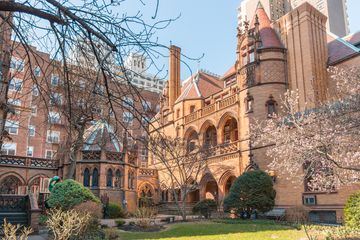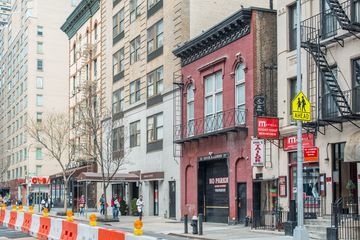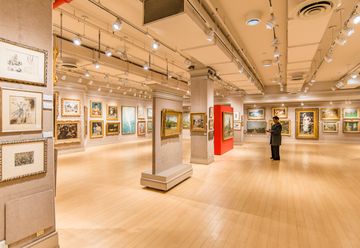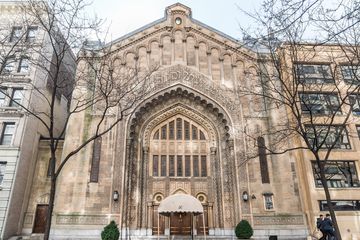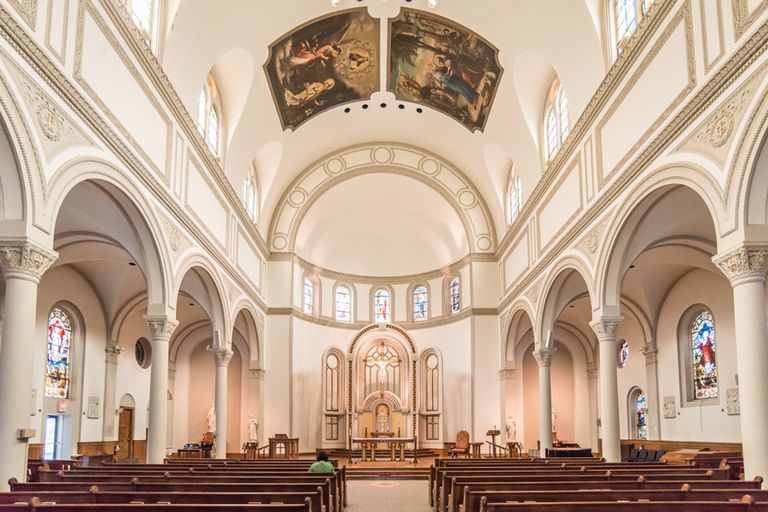
St. Joseph’s was founded in 1873, when the German-speaking locals who represented a large portion of the inhabitants of Yorkville asked the Jesuits of St. Laurence O'Toole Church on 84th Street and Park Avenue (now St. Ignatius Loyola) to help them find a German-speaking priest. The Jesuits sent Father Joseph Durthaller, who became the first pastor of St. Joseph's. In 1880, St. Joseph's School was founded, and in 1894 the current church was built in the Romanesque Revival style to replace the original small Gothic structure that had been dedicated in 1874. In continuation of its German heritage, St. Joseph’s offers a German Mass on the first Sunday of every month, which is said by Father Boniface Ramsey, the pastor.
Even though, like many churches in Manhattan, participation has dwindled over the past forty years, St. Joseph's still has an active community with over 750 congregants and about 350 children in the school. There is no longer a large German population, but St. Joseph's is now home to the New York Hungarian Catholic community, which has a Mass every Sunday afternoon that is conducted entirely in Hungarian. The Hungarian community came from St. Stephen of Hungary Church on 82nd Street, which was recently closed.
Father Boniface himself attended St. Joseph’s School for a short time, but he never imagined that he would end up as the pastor. He calls himself an "Upper East Sider," born and bred. Though his mother was German, she did not teach him her native tongue, since he was born in 1945, when the political climate caused German speakers to be unpopular. Instead, he studied the language in college.
The church itself is medium size and beautifully proportioned, with elegant confession booths, stained glass windows, and colorful murals on the ceilings. At the front of the main aisle, just before the sanctuary, there is a mosaic worked into the floor. It is the personal crest of Pope Benedict XVI, who visited St. Joseph's on April 18, 2008.
Despite the attractiveness of other features, my eye was drawn to the enormous, historic organ that dates back to 1895 and "hasn't been fooled with," in Father Boniface's words. He told me that music is very important to St. Joseph's and that Alistair Reid, the church's organist, is "superb." In addition to the organ, St. Joseph’s also has a piano and one of very few harpsichords to be found in a church. Leading me up into the choir loft, Fr. Boniface pointed out that the organ is particularly large in comparison to the size of the church. He believes that this is because the Germans who founded the church and installed the organ were probably hearty singers. He mentioned that a big choir is not needed to fill the space. "The acoustics are famous," he said, and vocally demonstrated the four to five second reverberation.
Father Boniface took me on a quick visit to the school next door, a building dating to 1926. It warmed my heart to hear the children playing in the street yell "Hi Father!" and to see him smile and wave at them. "I usually create a ruckus," he said with a grin.
